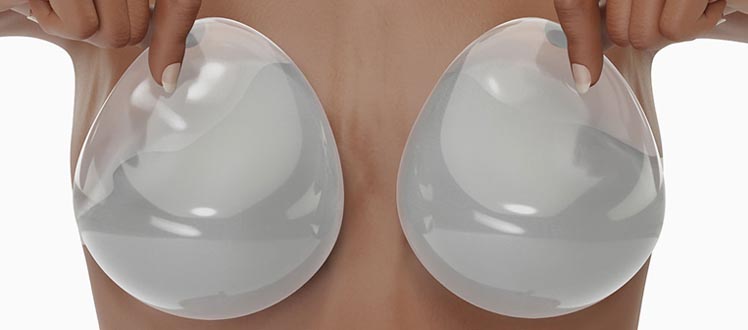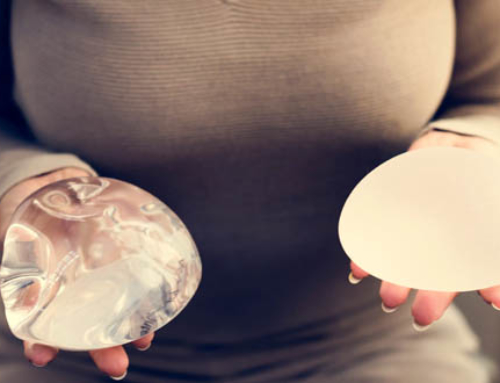Many women request a breast augmentation surgery to correct a lack of breast volume or improve the shape of their breast after pregnancy. One of the main choices patients have to make is the type of implant with the help of their surgeon. While silicone breast implants are more popular than saline implants, saline remains a filling material with many benefits.
How do saline implants work ?
As their name suggests, saline breast implants are filled with saline solution (water and minerals). During breast augmentation surgery, these implants are filled with saline after being positioned in the breasts. Like other types of implants, saline implants can be placed in front of or behind the pectoral muscle. However, they are typically positioned behind the muscle since it allows the implants to be pressed in the upper pole, resulting in a more natural appearance.
Saline implants benefits
Choosing saline implants has several benefits :
- Saline is natural and not harmful: if the implant ruptures, the saline solution is simply absorbed by the body and evacuated naturally by the body (urinary system). 24 hours after the implant has ruptured, the breast loses volume, which clearly indicates what happened.
- No preventive implant replacement: saline implants are not replaced as a preventive measure every 15 years, which can be recommended with silicone implants.
- Many types of saline implants available: just like silicone implants, every size and profiles are available for saline implants. The ideal choice depends on the patient’s morphology and goals.
Saline implants drawbacks
Saline implants tend to be firmer to the touch. Over time, they can also small waves under the skin, which is why they are less often recommended to skinny patients with little natural breast tissues to cover the implants.






